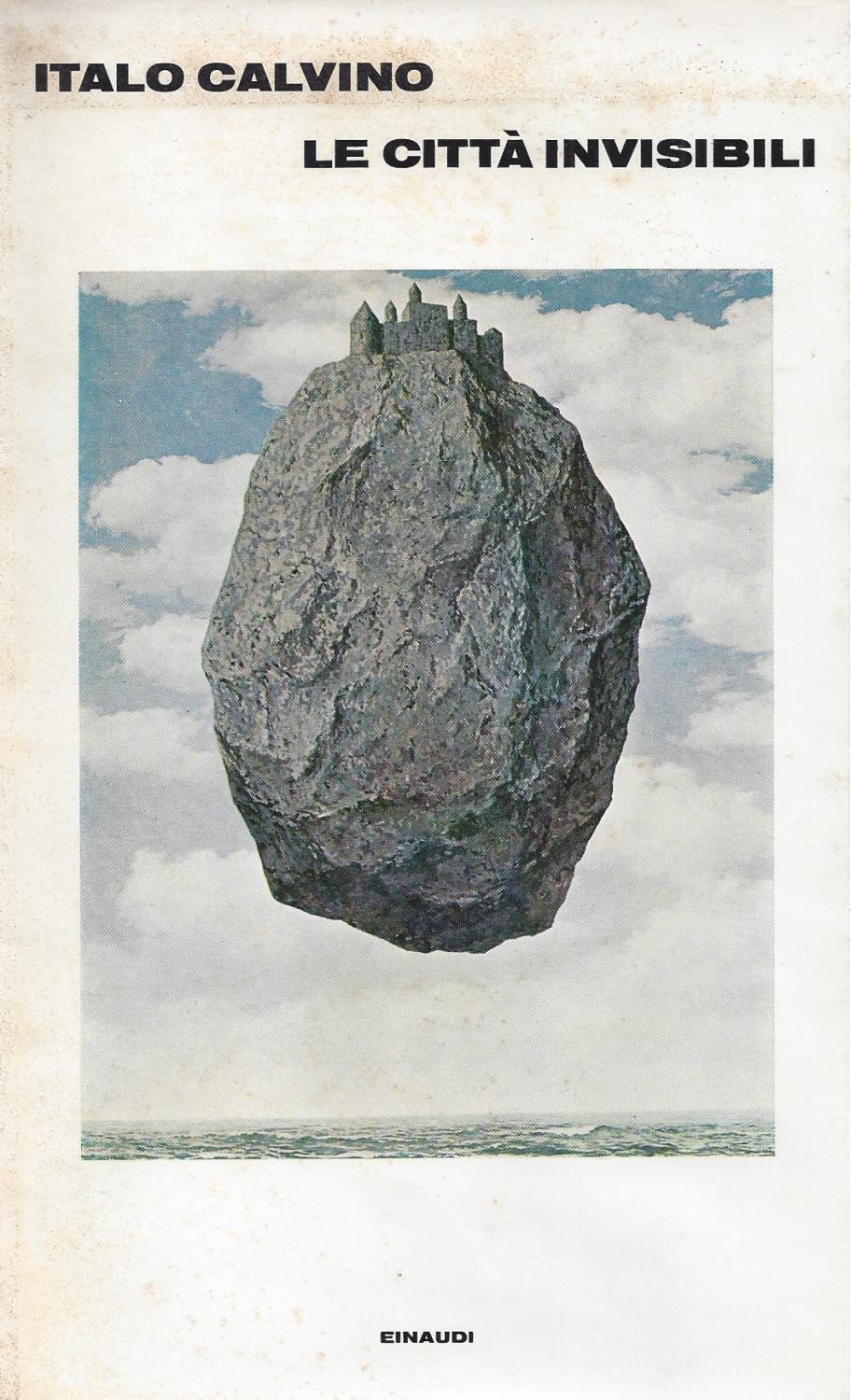Italo Calvino, Le città invisibili (Invisible Cities) (1972)
A classic of imaginative literature doubles as a multifaceted consideration of urban existence
Stendhal was born and buried in France, but his tombstone describes him as a Milanese. Italo Calvino, whose life began and ended in Italy, long maintained that he wanted "New Yorker" engraved on his tombstone. Stendhal may only have lived in Milan for seven years, but that was considerably more time than Calvino's longest stretch in New York, four months of a six-month trip to the United States sponsored by the Ford Foundation in 1959 and 1960. Though he did make an effort to see the country from the Midwest to California and back around to the South, he felt most at home in New York, "a place which is neither exactly America nor exactly Europe, which gives you a burst of extraordinary energy, which you immediately feel you know like the back of your hand, as though you had always lived here."
This passage comes from Martin McLaughlin's English translation of Calvino's "American Diary," which is included in the collection Hermit in Paris. So is an interview conducted in 1985, the last year of Calvino's life, by the scholar Maria Corti. "Every time I go to New York I find it more beautiful and closer to the shape of an ideal city," he tells her. "It may also be the fact that it is a geometric, crystalline city, without a past, without depth, apparently without secrets; therefore it is the city which intimidates me least, the city which I can have the illusion of possessing in my mind, of being able to think about in its entirety all in the same instant." This could almost be a passage from his most famous book — and perhaps the most famous modern Italian book — Le città invisibili, which had come out in 1972.
Invisible Cities, William Weaver's English version, was published two years later. (An intriguing figure in his own right, Weaver may be even better known for his translation of The Name of the Rose, whose success paid for an addition to his Tuscan villa he called the "Eco chamber." It was a different time.) That was the form in which I first came to know the book, and until recently, it was the only form in which I knew it. But having lately found the motivation to work on my Italian, a language on which I'd long dragged my feet, I figured I could hardly do better for reading material than the original Le città invisibili, given its short length, its fragmentary construction that allows for reading practically at random, and — above all — its alignment with my own interest in cities.

